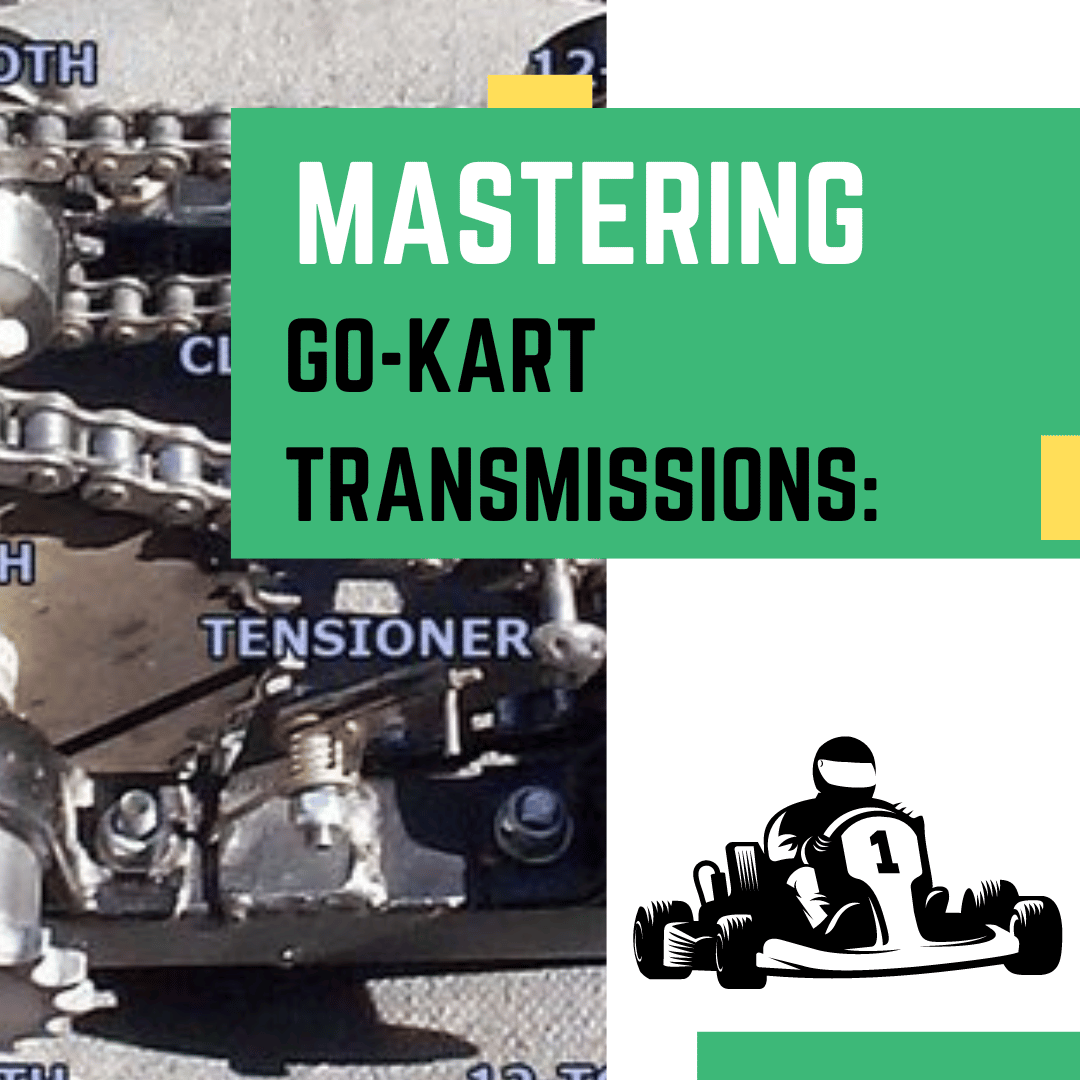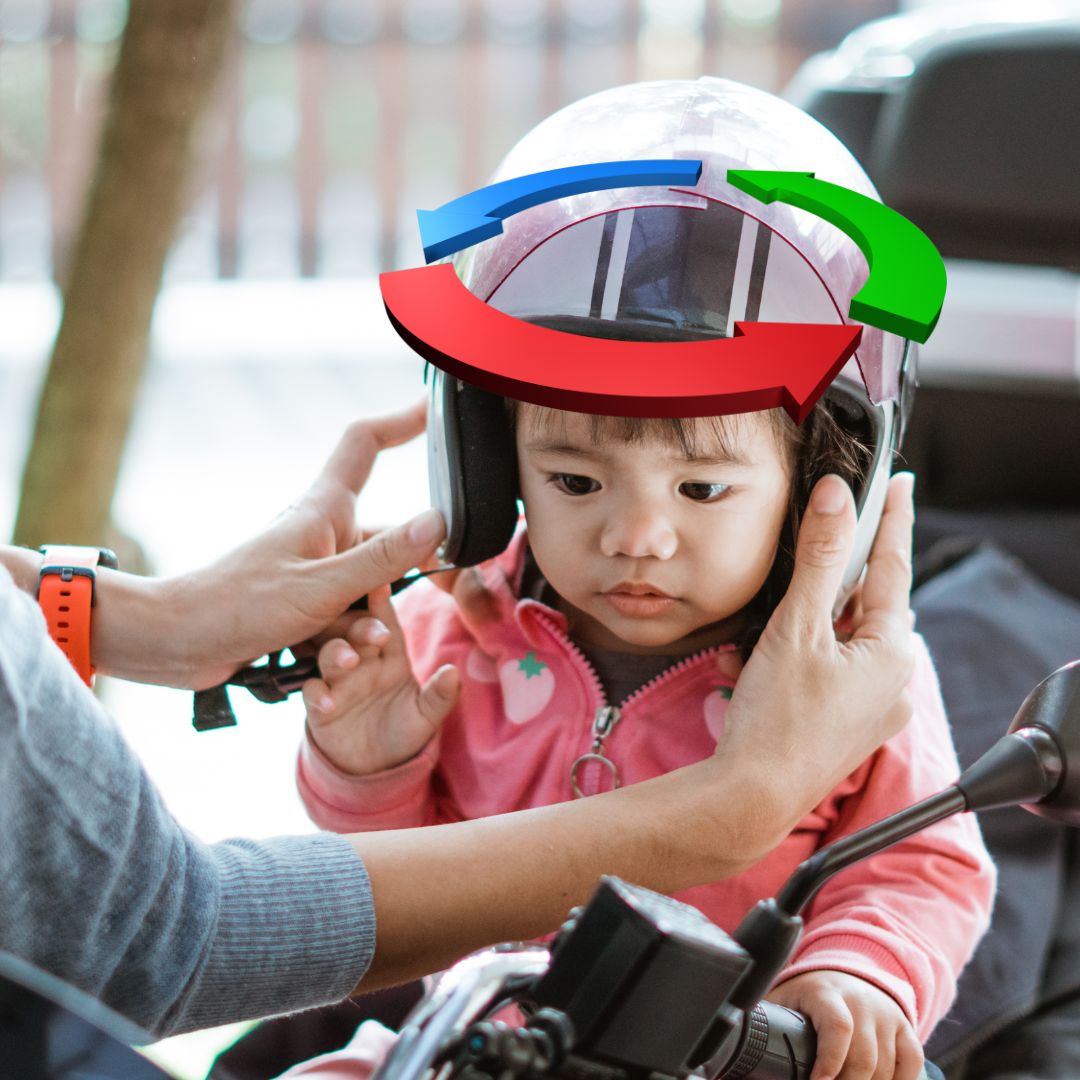
Updated: 14.05.25
Mastering go-kart transmissions can elevate your karting experience. From optimising go-kart gear ratios to choosing the right transmission, understanding these components enhances performance and control on any track. Explore our go-karts for high-quality options!
1. The Evolution of Go-Kart Transmissions
Invented in 1956 by Art Ingels and Lou Borelli, go-karts started with simple direct drive transmissions, linking the engine directly to the axle. Over time, automatic transmissions with torque converters and clutches offered smoother control for beginners. Manual transmissions with multi-gear gearboxes later provided precision for racers. Learn more about the history of go-karts.
2. Why Transmissions Matter
Transmissions transfer engine power to the wheels, preventing the engine from reaching its "redline" (over-speeding). The right transmission improves control, acceleration, and performance, tailored to your driving style and track conditions.
Related: Are All Go-Karts Rear-Wheel Drive?
3. Types of Go-Kart Transmissions
Go-kart transmissions—direct drive, automatic, and manual—shape your karting experience. Each suits different skill levels and purposes.
| Transmission Type | Key Features | Suitable For |
|---|---|---|
| Direct Drive | Simple, reliable, sprocket-and-chain, instant movement | Beginners, low-powered karts |
| Automatic | Torque converter, clutch, variable gear ratio, smooth idle | Beginners, rental karts, casual karting |
| Manual | Gearbox, precise control, adjustable speed/torque | Racers, off-road, experienced drivers |
4. Direct Drive Transmissions
Direct drive systems connect the engine to the axle via a sprocket and chain, moving the kart as soon as the engine starts. Ideal for small, gas-powered karts, they’re simple and reliable but lack gear flexibility.
5. Automatic Transmissions
Automatic transmissions use a torque converter and clutch (e.g., centrifugal or belt) for smooth, user-friendly operation. The torque converter’s variable gear ratio prevents stalling, making it perfect for beginners.
Related: Do Go-Karts Have a Clutch?
Related: Why Does My Go-Kart Clutch Smoke?
6. Manual Transmissions
Manual transmissions, common in shifter karts, use a gearbox (often six-speed) for precise control over speed and torque. They’re ideal for racing or off-road karting.
7. Maintenance Tips
Direct Drive: Inspect sprockets and chains for wear; lubricate regularly.
Automatic: Monitor clutch friction material and torque converter springs; replace worn parts.
Manual: Check gearbox gears and centrifugal clutch flyweights; service frequently for racing karts like
Related: How to Get Into Go-Kart Racing
8. Choosing the Right Transmission
Consider these factors:
- Skill Level: Beginners prefer automatic; racers choose manual.
- Engine Type: 2-stroke engines pair with manual for racing; 4-stroke with automatic for rentals.
- Use Case: Casual karting suits automatic; off-road or racing needs manual.
Explore our go-kart collection for models with various transmissions.
Conclusion
Choosing the right go-kart transmission—direct drive, automatic, or manual—depends on your skill, engine, and karting goals. Understanding these systems ensures better performance and a thrilling ride. Make an informed choice for your next track adventure!
Frequently Asked Questions
How do go-kart transmissions affect fuel efficiency?
Direct drive transmissions are most fuel-efficient due to their simplicity. Automatic and manual systems may use more fuel but offer better control, potentially optimising performance.
Can I upgrade my go-kart’s transmission?
Yes, upgrades are possible (e.g., from direct drive to manual), but consult a karting expert to ensure compatibility with your kart’s design.
How often should I change go-kart transmission fluid?
Replace fluid every 20–30 hours of use, or more frequently for racing. Follow manufacturer guidelines for specifics.
Are go-kart transmissions compatible with other small vehicles?
Go-kart transmission principles may apply to small vehicles, but adaptations are needed for engine size and vehicle weight. Consult a mechanic before modifying.
What’s the best transmission for kids’ go-karts?
Automatic transmissions are best for kids due to their ease of use and smooth operation, ideal for safe, casual karting.
Get in Touch
Have questions about go-karts or kids’ ride-on toys? Visit RiiRoo.com or contact us via Live Chat or email at hello@riiroo.com. We’re here to fuel your karting journey!










Share:
How To Drift In A Go Kart (EASIER THAN YOU THINK)
Why Is My Go-Kart Hopping Through Corners?